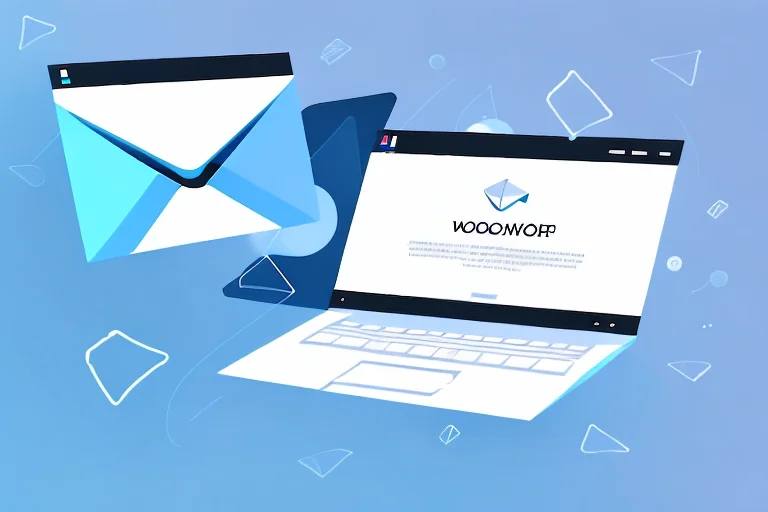Jo is a marketing director for a $5m/year ecommerce fashion brand. She is in charge of email marketing, as well as art direction, website copy, influencer marketing, facebook/instagram marketing, and many other tasks. In a week, she is lucky to have 30 minutes to get the latest batch of emails ready to go out to their customer base. Most of that time is spent on deciding which items to feature, what photography to use, and what to say about them.
Jo knows that email is important to engage her customers at the right time and with the right products. She uses a popular email automation system, and has spent time looking at their guides on creating segments. However, the segments they recommend are very generic, and don’t give her guidance on what kinds of campaigns to create, or strategies that are specific to her business. And when she looks at the options she has to create customer segments, she sometimes feels overwhelmed:

Finding these options too daunting, and having too many other demands on her time, she falls back on a few core segments: Entire List, New Customers, Previous Purchasers and Birthdays.
While she knows how to use the tool, and how to create many more segments, she’s not exactly sure which ones to create, and how to communicate with them. She would like a straightforward list of which segments she should build, and a cookbook of how to message them, whether that’s a campaign or an automation. And in an ideal world, she would like someone to present these strategies to her, so that she could concentrate more on the best products to promote to each service, with the best copy and photography, and less on trying to figure out the best way to segment her database.
As a result, she and her assistant put out a weekly email with a few new products, and send that email to the entire list. Despite having a list of over 200k emails, they only get about 12% of their revenue from email. Jo knows this could be (much) higher, but she doesn’t have the time and knowledge for what changes to make to increase sales.
Does this story sound familiar to you?
Ecommerce Marketing Automation is an Aircraft Cockpit
Ecommerce Marketing Automation is an Aircraft Cockpit. It’s a dizzying array of switches and levers that needs to be operated exactly right to get results, but most of us marketers only know how to use a basic steering wheel and shifter. Thus, not wanting to break anything, we tend to stick with what we know, and just use a few safe tools.
The people who build marketing automation systems wanted to give their customers as many options and capabilities as possible. And so, the modern ecommerce marketer can segment by recency, purchase volume, product type, LTV, geography, and many, many other permutations. Additionally, it’s possible to build out complex workflows that include different channels (Facebook ads, emails, SMS etc), a/b tests, and attribution tags. They proudly point out how easy it is to create very segments and workflows like these:


But how realistic is it to expect their audience to master all of the options they have available?
While it’s a noble impulse on the part of the software company to create all of these power tools, the array of choices creates further load on already overburdened marketers.
Most marketers instead seek a “good enough” outcome that can be defended to their bosses. So they do a bi-weekly or monthly blast, and occasionally segment when a new product comes out. The ultimate result is that all of the effort put into building these really exceptional features is ultimately wasted, as it’s not used except by all but a few power users.
The way the marketing automation companies respond is by saying, “Hey, we can help you become an airline pilot!” But maybe that misses the point. Most marketers do other work besides email marketing.
Most marketers need to focus on staying up to date on everything in their business domain, not becoming experts in email marketing automation.











